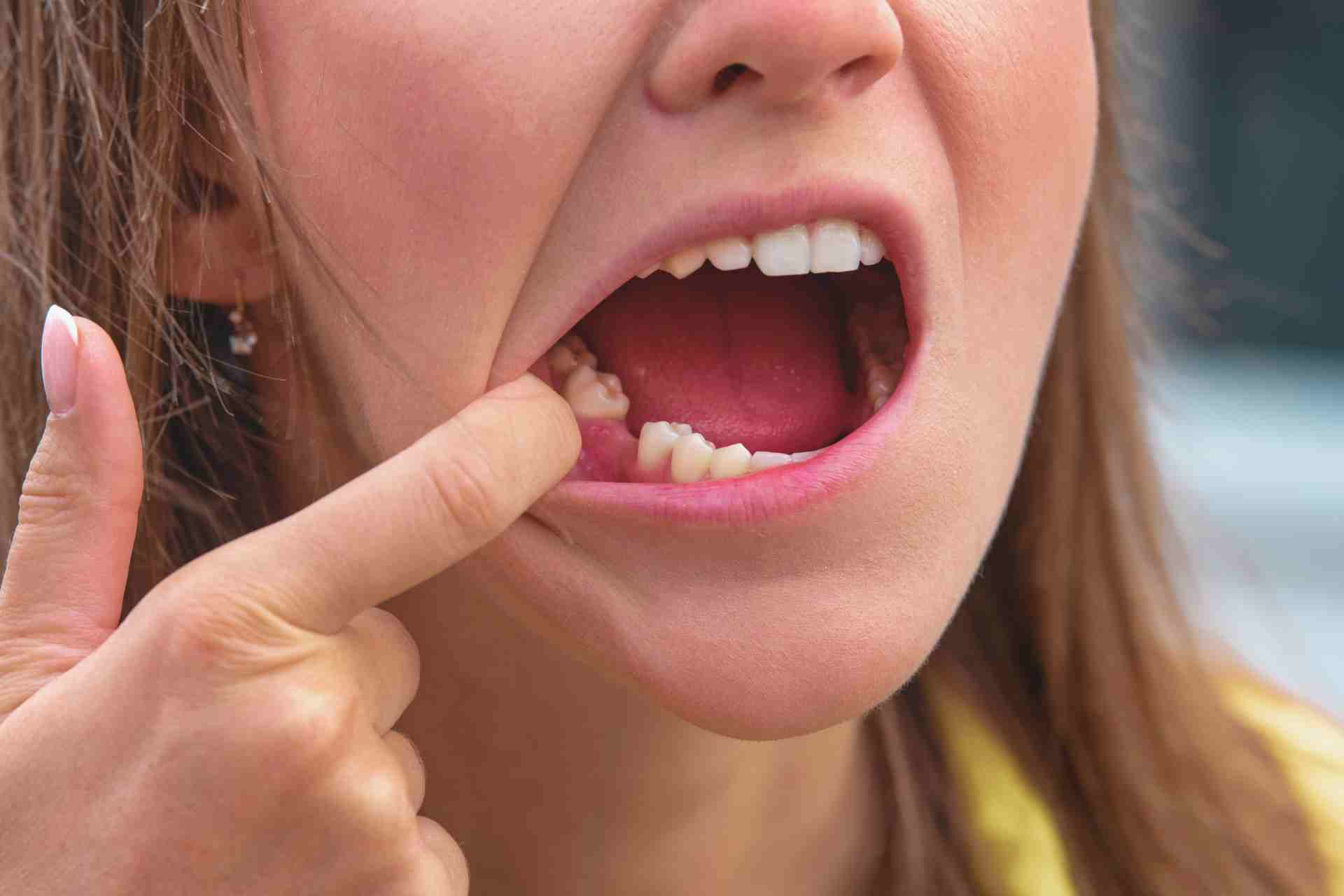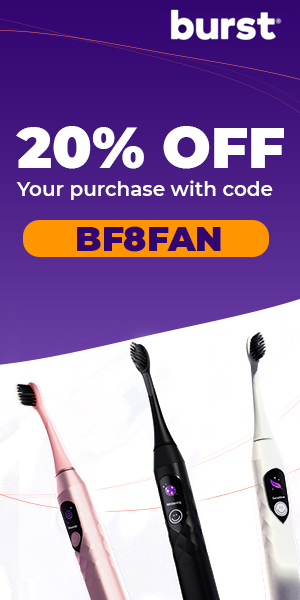Dry socket is a seriously painful complication. If you’ve just had a tooth pulled (especially a wisdom tooth), preventing dry socket should be at the top of your recovery list.
It happens when the blood clot that’s supposed to protect the empty socket either gets dislodged or never forms. Without it, nerves and bone are exposed. This leads to intense pain that can radiate to your jaw or ear.
The good news? Dry socket is preventable with the right aftercare. In this post, we’ll cover exactly what it is, how to keep it from happening, and what to do if you suspect something’s off.
Let’s protect that healing smile.
What Is Dry Socket and Why Does It Happen?
Dry socket, or alveolar osteitis, is an extremely painful condition that may happen after a tooth extraction. It’s one of the most common complications, especially after removing wisdom teeth.
Normally, a blood clot forms in the socket where the tooth was removed. This clot acts like a natural bandage, protecting the bone and nerves underneath while the area heals.
But in some cases, that blood clot never forms or becomes dislodged too soon. When that happens, the bone and nerves are left exposed. The result? Throbbing pain that can radiate through your jaw, ear, or even into your head.
Dry socket typically shows up between days 2 and 5 after the extraction. And it’s not just painful. It also delays healing.
The risk goes up with certain habits, like smoking or improper aftercare, which we’ll get into next. But first, just know this: you don’t have to go through it. With the right steps, dry socket is usually preventable.
Top Tips to Prevent Dry Socket After a Tooth Extraction
1. Don’t Smoke or Vape After the Procedure
This is one of the biggest risk factors for dry socket. Smoking, vaping, or even just sucking on a straw creates a suction force in your mouth that can easily dislodge the blood clot you need for healing.
But it’s not just the suction. The heat, chemicals, and reduced oxygen flow from smoking all interfere with how your body heals. It slows everything down and makes dry socket much more likely.
In fact, a clinical study on smoking and dry socket found that 12% of smokers developed dry socket after a tooth extraction, compared to only 4% of non-smokers.
If you smoke, avoid it for at least 72 hours after your extraction. Longer is even better. Talk to your dentist if you need help with nicotine alternatives during recovery.
2. Avoid Straws and Spitting for a Few Days

It might feel like second nature to sip through a straw or spit after rinsing, but after a tooth extraction, both can do more harm than good.
Just like smoking, these actions create suction inside your mouth. That suction can pull the protective blood clot right out of the socket, leaving the area exposed and vulnerable to dry socket.
Instead of straws, drink from a cup and take small, gentle sips. And if you need to rinse your mouth, let the liquid fall out naturally. No forceful spitting.
This small habit change makes a big difference in protecting your healing site during those critical first few days.
3. Skip Intense Physical Activity for 24–48 Hours
It’s great to stay active, but right after a tooth extraction, your body needs rest more than reps.
Exercising too soon can increase your heart rate and blood pressure, which might disrupt the blood clot formation at the extraction site. Even bending over or lifting heavy objects can be enough to dislodge it.
So take it easy for a couple of days. Light walking is fine, but avoid anything that gets your blood pumping too hard. Giving your body the time it needs to heal can make all the difference in avoiding dry socket.
Your workout can wait. Your recovery can’t.
4. Watch Your Medication—Especially Birth Control
Some medications can quietly increase your risk for dry socket, and one of the most studied culprits is oral contraceptives.
Higher estrogen levels can interfere with normal clotting, which is why women on birth control may be slightly more prone to developing dry socket after a tooth extraction. It’s not a guarantee, but it’s worth knowing especially if your extraction is scheduled during the first half of your cycle, when estrogen levels are highest.
A study on dry socket and oral contraceptives supports this connection, showing that hormonal fluctuations can impact healing after oral surgery.
If you’re on birth control, mention it to your dentist or oral surgeon. They may adjust your care plan to lower the risk, like timing the extraction or using extra precautions post-op.
5. Stick to Soft Foods and a Gentle Diet

In the first few days after your extraction, stick to soft, easy-to-eat foods that won’t disturb the clot or irritate the area. Think:
- yogurt
- mashed potatoes
- smoothies
- applesauce
- well-cooked pasta
Cool or room-temperature options are best to avoid any extra inflammation.
Skip anything crunchy, spicy, sticky, or hard to chew. Chips, nuts, crusty bread, and hot foods can all increase your risk of dislodging the clot or introducing bacteria into the socket.
Eating gently is a key part of preventing dry socket.
6. Keep Your Mouth Clean—But Carefully
Good hygiene is essential after a tooth extraction, but in the first 24 hours, less is more.
Don’t brush directly over the extraction site right away. And hold off on rinsing your mouth for the first day unless your dentist says otherwise. After that, you can begin gentle rinses with warm salt water, but skip the vigorous swishing.
A light rinse helps keep the area clean without disturbing the clot. Think of it like giving your mouth a gentle bath, not a power wash.
Avoid commercial mouthwashes unless specifically recommended. Many contain alcohol, which can be too harsh during early healing.
Keep brushing and flossing your other teeth as usual, just be extra cautious near the extraction site. Clean mouth, calm healing.
Here is my guide to the best mouthwash in 2025!
How to Care for the Tooth Extraction Site Properly

The first few days after your tooth extraction are all about protecting the healing site and giving your body a head start.
Here’s how to care for the area:
- Rest is essential. Your body heals best when it’s not under stress. Try to avoid anything strenuous, and get plenty of sleep.
- Use cold compresses. Apply a cold pack to your cheek for 15–20 minutes at a time during the first day to help reduce swelling.
- Stick to your dentist’s aftercare instructions. They know your mouth best and may tailor advice based on your procedure.
- Avoid touching the area. No fingers, no tongue. Let it heal undisturbed.
- Clean gently. Brush and floss the surrounding teeth, but avoid the extraction site. After 24 hours, you can start rinsing with salt water if advised.
What Are the Warning Signs of Dry Socket
Pain is the biggest red flag. Not just mild discomfort. The kind of pain that starts a few days after your extraction and feels worse than before.
Here are the most common signs to watch for:
- Intense, throbbing pain near the extraction site
- Pain that radiates to your ear, jaw, or temple
- A foul odor or bad taste in your mouth
- Visible bone in the socket
- Pain that worsens instead of gradually getting better
These symptoms usually show up between day two and day five after the procedure. If you notice any of them, it’s time to call your dentist. The sooner dry socket is treated, the sooner you’ll feel relief.
What Should You Do If You Think You Have Dry Socket
Dry socket is painful, but it’s also treatable.
If you’re experiencing symptoms like intense pain, a foul taste, or visible bone at the extraction site, call your dentist right away. You won’t be able to treat it at home, and waiting will only make the discomfort worse.
Your dentist will likely clean the area and place a medicated dressing in the socket to soothe the pain and promote healing. You might also receive a special rinse or prescription to help manage any infection or inflammation.
Over-the-counter pain relievers can help, but they won’t solve the problem on their own. The key is getting professional care quickly so you can get back to healing comfortably.
FAQs
How do you stop a dry socket from starting?
The best way is to follow your dentist’s aftercare instructions closely. Avoid smoking, using straws, and any kind of suction. Get plenty of rest and keep your mouth clean with gentle care.
How do I make sure I don’t have dry socket?
Pay attention to how your mouth feels. Some soreness is normal, but if pain gets worse after a couple of days, or if you see exposed bone where the tooth was, call your dentist.
Can salt water prevent dry sockets?
Yes, saltwater rinses can help, but timing matters. Start rinsing gently about 24 hours after your extraction. It helps clean the area and supports healing without disturbing the blood clot.
How to prevent dry socket while sleeping?
Sleep with your head slightly elevated using an extra pillow or two. This helps reduce pressure and swelling. Try not to sleep on the side of your face where the extraction took place.
Can antibiotics prevent dry socket?
In some cases, yes. Dentists may prescribe antibiotics for people at higher risk of infection, like those with immune conditions or complicated extractions. But they’re not always necessary for everyone.
What foods are safe to eat after a tooth extraction?
Stick to soft, smooth, and non-acidic foods. Think mashed potatoes, applesauce, smoothies, yogurt, and oatmeal. Avoid anything hot, crunchy, or spicy until your dentist gives the green light.
Key Takeaways
- Dry socket is a painful but preventable complication after a tooth extraction.
- Smoking, using straws, and vigorous rinsing are major risk factors.
- Soft foods, rest, and gentle oral hygiene support proper healing.
- Signs like worsening pain or exposed bone should be checked by a dentist right away.
- Salt water rinses, medication guidance, and avoiding suction can all help lower your risk.
For more real-world dental tips, healing support, and everyday smile care, follow @joycethedentist. We’re here to help keep your recovery on track and your confidence high.





















